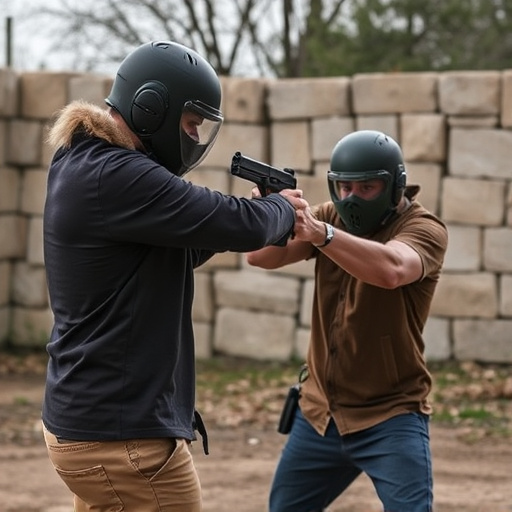The regulation of stun weapons varies globally, making it challenging to define a single "most powerful legal stun weapon." These devices utilize high-voltage electric currents (10,000-50,000V or 500,000-1,200,000V) to temporarily disable targets. Local laws dictate voltage, amperage, safety features, and licensing requirements, ranging from comprehensive bans in countries like Germany to strict conditions in North America. Understanding these legal frameworks is crucial for responsible acquisition and use of the most powerful legal stun weapons, which involve stringent licensing processes and adherence to safety standards.
“Unveiling the Most Powerful Legal Stun Weapons: A Comprehensive Guide. In an era where personal safety is paramount, understanding and accessing legal stun weapons is crucial. This article navigates the intricate world of stun device regulations, empowering you with knowledge. From international laws to local guidelines, we demystify what constitutes a legal stun weapon. Furthermore, we delve into the specifications that define ‘most powerful,’ exploring power output in joules and contrasting electrostatic to electromagnetic designs. Get ready to discover safety features, ergonomic considerations, and an exclusive comparative analysis of top legal stun weapons on the market.”
- Understanding Legal Stun Weapons: Definitions and Regulations
- – What constitutes a legal stun weapon?
- – International and local laws surrounding stun guns
- – Licensing and purchasing requirements
Understanding Legal Stun Weapons: Definitions and Regulations
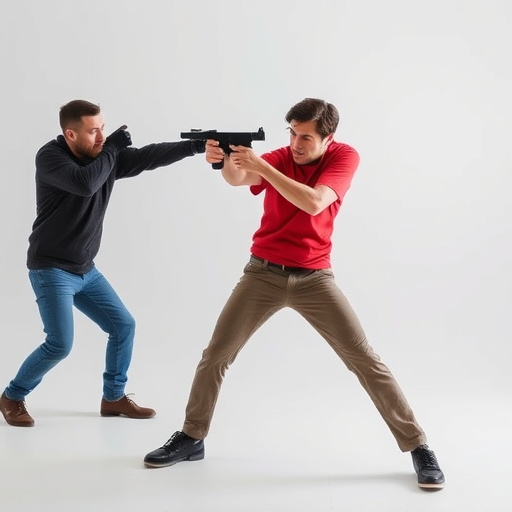
Legal stun weapons, often referred to as stun guns or electrical charge weapons, are designed to temporarily incapacitate individuals through the use of high-voltage, low-amperage electric currents. These devices are intended for civilian self-defense and are subject to various legal regulations that differ by country and region. Understanding these laws is crucial when considering the purchase and possession of what are often perceived as the most powerful legal stun weapons.
The definition of a legal stun weapon typically includes devices that deliver an electric shock with a voltage ranging from 10,000 to 50,000 volts, though specific amperage levels vary. Many jurisdictions classify these weapons based on their power output and set limits on the maximum allowed current. Some countries permit only low-voltage stun guns, while others may allow more powerful models with strict licensing requirements. It’s essential for users to familiarize themselves with local legislation to ensure compliance and make informed decisions when selecting from the range of most powerful legal stun weapons available in the market.
– What constitutes a legal stun weapon?
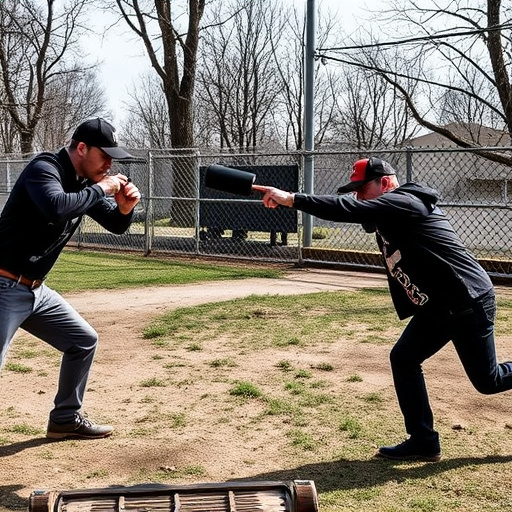
In many jurisdictions, a legal stun weapon, often referred to as an electric shock device or stun gun, is defined by its power output and intended use. Unlike more destructive weapons, these devices are designed to incapacitate temporarily through electrical discharge rather than cause permanent physical harm. The most powerful legal stun weapons on the market typically produce voltage ranges between 500,000 and 1,200,000 volts, with currents ranging from 2 to 4 amps. This high voltage is enough to disrupt muscle control, causing the target to experience a strong electric shock that can render them immobile for several minutes.
To be classified as legal, stun weapons must meet specific safety standards and requirements set by local laws. They are usually limited in terms of power output to prevent serious injury or death. Additionally, many regions mandate certain features like safety switches, automatic shut-off mechanisms, and construction that minimizes the risk of accidental activation or misuse. Ensuring these factors can help users employ the most powerful legal stun weapons responsibly and within the boundaries of the law.
– International and local laws surrounding stun guns
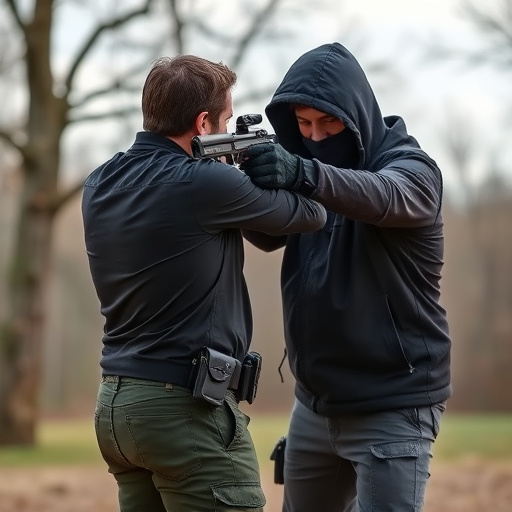
The regulation of stun guns, or electroshock weapons, varies widely across different countries and jurisdictions. While some regions have strict laws prohibiting their possession, others allow them with varying levels of restriction. These legal differences can make it challenging to pinpoint a single definitive answer for “the most powerful legal stun weapon.” Internationally, the United Nations has called for a ban on all non-lethal weapons, including stun guns, due to concerns about potential human rights abuses and excessive use of force by law enforcement. Many countries in Europe, such as Germany, have implemented comprehensive bans on the private possession of stun devices.
In contrast, some North American nations like the United States and Canada permit the sale and use of stun guns for self-defense purposes under specific conditions. However, even within these legal frameworks, restrictions abound. Many jurisdictions mandate minimum age requirements, force limits (typically below 1200 volts), and require users to have a concealed weapons permit or register their stun devices with local law enforcement. Understanding the legal landscape is crucial for anyone considering acquiring a legal stun weapon, as it ensures compliance and promotes responsible use.
– Licensing and purchasing requirements
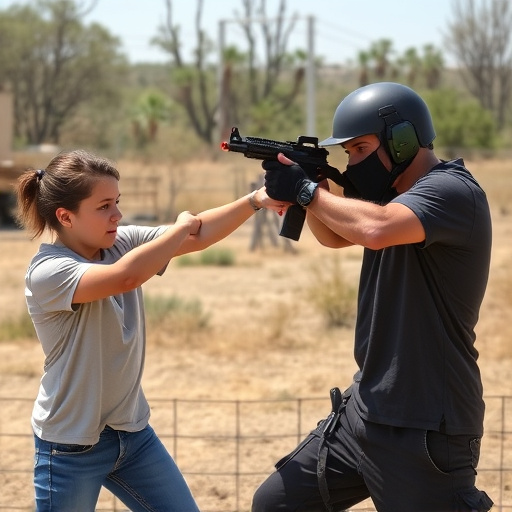
In many jurisdictions, acquiring one of the most powerful legal stun weapons is a complex process that involves stringent licensing and purchasing requirements. Individuals seeking to own such devices must first meet specific criteria, including age restrictions (typically 18 years or older) and completion of a certified training course on weapon safety and usage. Additionally, they need to obtain a permit from the relevant authorities, which often necessitates a background check and proof of residence. This regulatory framework is in place to ensure responsible ownership and minimize potential risks associated with these powerful tools.
The licensing process varies across regions, but it generally includes a thorough review of the applicant’s history and character. Some areas may also mandate periodic renewals, re-certifications, or even require individuals to attend refresher courses to maintain their legal possession of stun weapons. These measures reflect a concerted effort to balance personal safety with responsible gun ownership, ensuring that only those capable and willing to follow the rules can access the most powerful legal stun weapons.
While the possession and use of debilitating electrical charge weapons vary greatly across jurisdictions, those seeking the most powerful legal stun weapons should focus on understanding both local regulations and the specific capabilities of each device. By adhering to the laws surrounding stun guns and investing in quality, high-performance models, individuals can ensure they possess legitimate and effective self-defense tools. Always remember to check your region’s specific legal requirements before purchasing or carrying any type of stun weapon.
